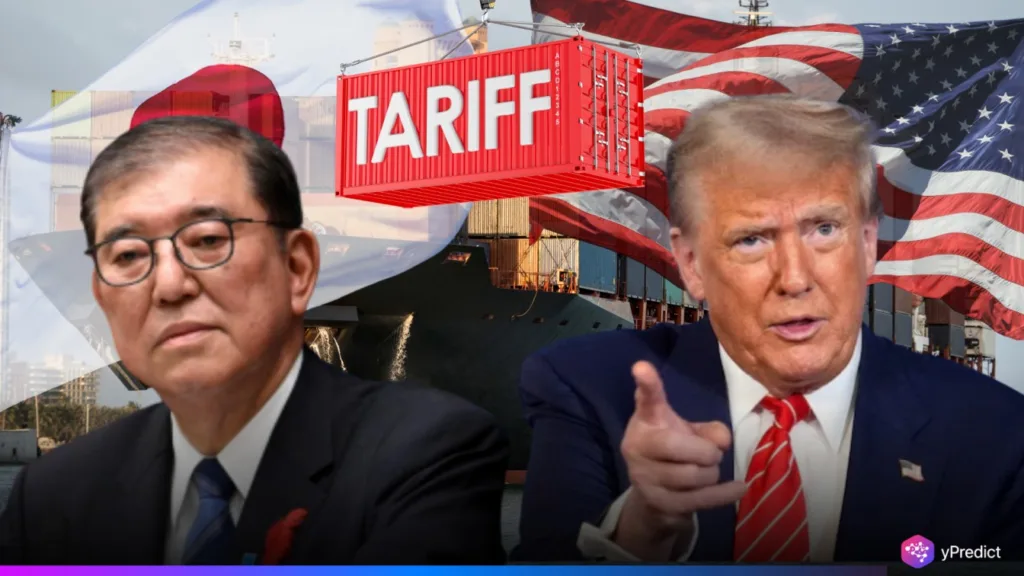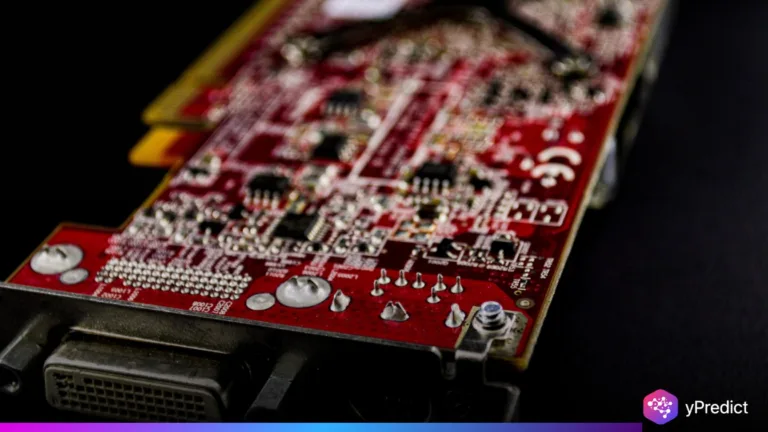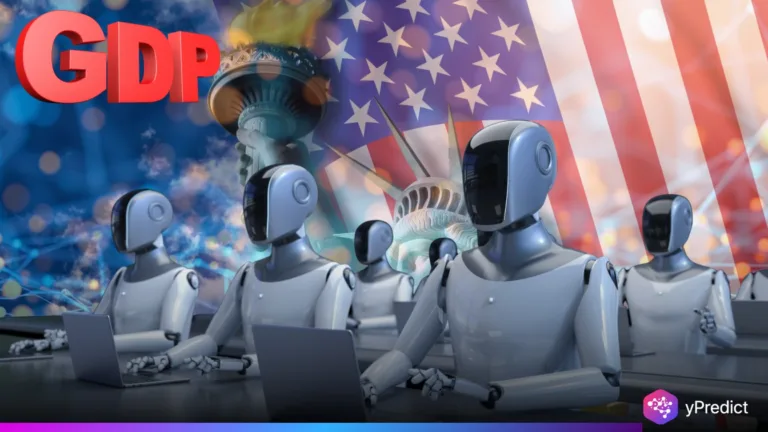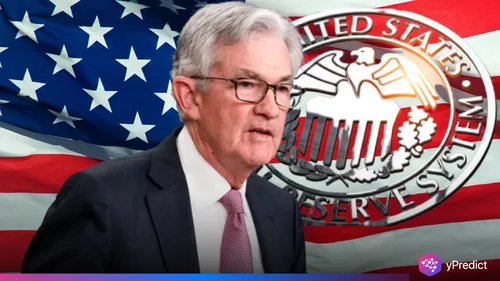
Japan’s top trade negotiator is set to visit Washington in a renewed push for tariff relief after talks with U.S. Treasury Secretary Scott Bessent failed to address the issue during the recent World Expo in Osaka. The two sides did not discuss tariffs, which have disrupted bilateral trade repeatedly since they were first put in place during Trump’s second term, despite expectations of public audiences. AI-based trade analysis, utilized by Japan, has intensified in recent months with automated systems communicating urgent risks and predicting worse economic damage if, and when, diplomatic momentum could slow down.
The upcoming Washington visit reflects Japan’s move to pair human diplomacy with machine-backed precision. As AI tools now guide decision-making across the country’s trade ministries, Tokyo is turning to a data-led strategy to counter the ongoing disruptions caused by Trump tariffs.
No Tariff Discussion in Osaka Triggers AI-Led Concerns
At the Osaka Expo, Japan’s economic team anticipated direct engagement on tariffs. Instead, the meeting between Japan’s delegation and Scott Bessent ended without any discussion of trade duties. This unexpected silence prompted a response not just from diplomats, but from AI monitoring systems used by Japan’s Ministry of Economy. Real-time models identified the lack of dialogue as a critical red flag, citing a rising probability of long-term trade deterioration.
AI-generated forecasts indicated significant exposure in Japan’s automotive and semiconductor sectors. The tools suggested urgent re-engagement through a Washington visit before losses deepen. Within hours of the Osaka talks, Japan’s negotiators reviewed predictive outcomes and began drafting a new diplomatic push, one based on algorithmic signals as much as policy instinct.
AI Confirms Impact of Trump Tariffs on Japan Trade
New data from the U.S. International Trade Commission shows Japan’s exports to the U.S. have dropped by 12% since Trump’s tariffs returned in March 2025. AI-led trade models in Japan picked up the trend weeks before the official figures, triggering internal alerts and re-allocations of resources. The automated systems now influence everything from sector prioritization to logistics strategy.
The Washington visit is built on this AI foundation. Japanese trade officials plan to present data visualizations and machine-generated impact reports to the U.S. side, aiming to make a precise case for tariff adjustments. AI doesn’t just describe the damage—it outlines pathways for mutually beneficial policy moves. Japan wants to show how AI-monitored supply chains and smart trade compliance can satisfy U.S. interests while easing economic pressure.
Washington Visit to Showcase AI-Driven Trade Diplomacy
Japan’s delegation will arrive in Washington with a clear objective: reverse key Trump tariffs using AI-verified proof of economic harm. Their strategy blends diplomatic engagement with real-time analytics. Each policy request will be backed by AI data showing exact figures on export decline, job loss forecasts, and downstream industry effects.
More importantly, Japan plans to align with the U.S. on AI-based trade standards. They aim to propose a framework for AI-monitored transparency and smart tariff triggers, which could automatically adjust based on pre-set trade conditions. Japan views this not just as a fix for current tensions, but as a new AI-led model for bilateral trade management.
U.S. Senate Climate Monitored Through AI Lens
Senate hearings in July 2025, led by Senator Ted Cruz, added tension to the trade environment. Although focused on foreign influence over judicial systems—particularly concerns tied to the CCP—the political tone has shifted. Japan’s AI systems monitored sentiment across Congressional communications and flagged a rise in protectionist rhetoric.
Japan’s diplomats are adapting to this AI-fed intelligence. They now enter Washington aware of the broader geopolitical climate, choosing a strategy grounded in transparency, technical compliance, and economic co-dependence. AI continues to play a central role in shaping their approach, helping navigate a U.S. landscape filled with rising scrutiny.
The Japan trade mission to Washington marks a shift in how nations now use AI not only to diagnose economic risks but to drive diplomacy. Trump tariffs continue to hit Japanese exports, but Tokyo’s response—guided by AI—aims to turn data into leverage. With tariff talks absent in Osaka, and machine models projecting further losses, Japan is betting that Washington will respond to numbers even if it resists words.







